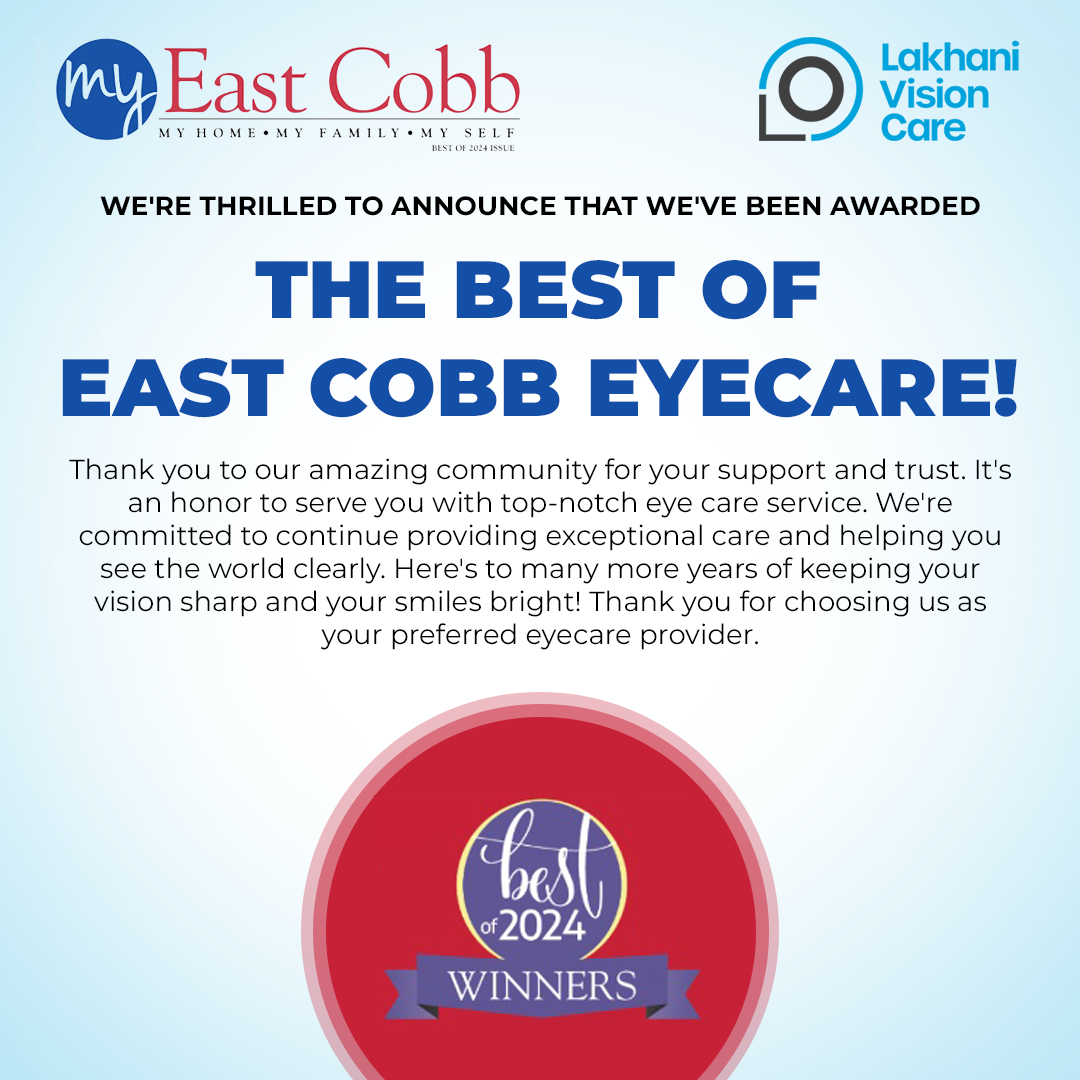
Millions of Americans suffer from dry eyes. Some cases will go away without any medical intervention, but countless people suffer from chronic dry eyes that occur irrespective of the environment that they are in or the type of lifestyle that they lead. Chronic dry eyes occur due to a problem with the natural production of the tear film, which usually keeps our eyes moist and comfortable. People with dry eyes either don’t produce enough tear film to keep the surface of the eye hydrated and comfortable, or the tear film that they have isn’t the right quality. This happens if the glands are responsible for the oil in tear film malfunction, meaning that tear film evaporates too quickly. Whatever the reason for your dry eyes, the effects can be unexpectedly debilitating.
Symptoms of Dry Eyes
Many people are surprised to discover that dry eyes aren’t only characterized by eyes that feel dry and uncomfortable. There is a range of symptoms associated with the condition too. These include:
Sensitivity to light
Redness of the eyes
Stringy mucus in or around the eyes
Stinging, burning, or scratchiness
Feeling as though there is something in your eyes
Difficulty wearing contact lenses
Difficulty with night-time driving
If you have been diagnosed with dry eyes that aren’t resolving themselves, you’ll need medical eye care to help alleviate your symptoms. Fortunately, there are a variety of treatment options available.
Artificial Tears
Artificial tears are usually the first line of treatment for dry eyes. They are used to lubricate the eyes and keep moisture on the surface so that they feel more comfortable. There are many different types of artificial tears and it’s important to choose the right variety based on your needs. Some artificial tears can be used as much as needed, while others can only be used a few times each day and must be taken as directed. Your eye doctor will be happy to advise you which you should use.
Prescription Medications
If artificial tears aren’t proving successful in treating your dry eye symptoms, you may be recommended to try prescription medications instead. These are available both as topical eye drops and oral medications depending on which you choose. The majority of prescription medications for dry eyes work by reducing inflammation that could be preventing your eyes from producing enough tear film or stopping your oil glands from getting oil into your tear film. You may also be prescribed antibiotics which can be used to stimulate oil production in the glands around the eyes.
Compress Masks
Compress masks are often recommended to be used alongside other forms of treatment to alleviate the symptoms caused by dry eyes. Compress masks work by adding heat and moisture to the eye area, soothing and reducing inflammation, and improving circulation. This in turn helps to break up any hard deposits in the eye oil glands which could be blocking oil from reaching the tear film. Your eye doctor will advise you how often you should use compress masks for the best effects.
Amniotic Membranes
Amniotic membranes are a fairly new treatment for dry eyes and may be recommended if other therapies fail to produce the desired improvement in your symptoms. The membranes are inserted between two rings made from a clear, flexible material placed into the eyes which are placed into the eye like a contact lens. The membranes have natural anti-inflammatory and anti-scarring properties that help the eye to heal. The effects can last for up to five months before further treatment is required.
If you would like more information about medical eye care for dry eyes, don’t hesitate to schedule an appointment with our eye care team in Marietta, Georgia.











